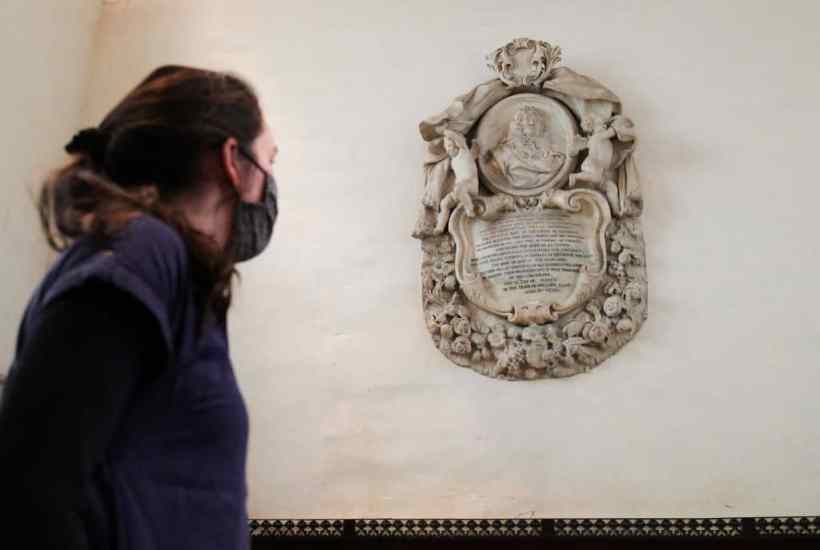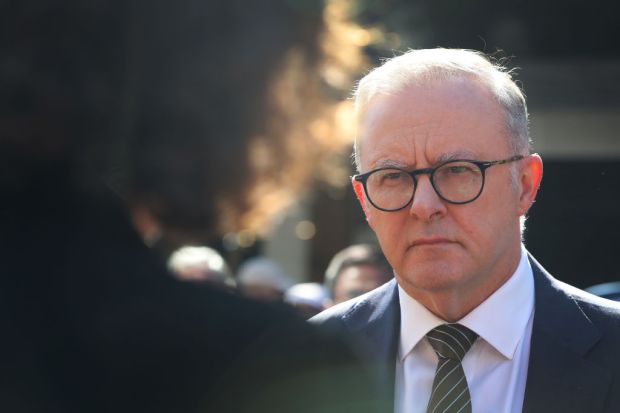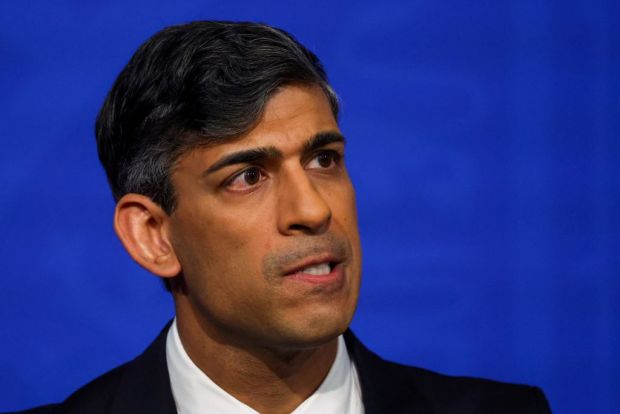When Jesus College in the University of Cambridge set up a committee looking for ‘legacies of slavery’, they found what appeared to be the perfect culprit: Tobias Rustat. A cavalier and courtier, Rustat made benefactions to the university library and Jesus College. Important enough to merit an article in the ‘Dictionary of National Biography’, Rustat was not so well known that his cancellation would lead automatically to controversy – or so the powers that be thought.
But history doesn’t allow for surgical strikes on the past. Now the plan to move Rustat’s monument is over. A church court has ruled that the removal of the Rustat memorial from the college chapel would cause ‘considerable or notable harm to the significance of the chapel as a building of special architectural or historic interest’. While Rustat had certainly invested in the slave trade, David Hodge QC, the deputy chancellor of the diocese of Ely, found that a false narrative had been disseminated about his role and the amount that he – and Jesus College – gained from those investments.
For those, like me, who thought the monument should stay put, these objections have been plain to see for some time. A year ago I pointed out to the vice chancellor, Stephen Toope, that if Rustat were to be cancelled for being a director of the Royal African Company, which traded in slaves, another of Cambridge’s benefactors with the same profile – director of the company and benefactor of the library – would have to be cancelled as well. Given that person was George II, King of England, that seemed unlikely.
Things went quiet in that corner and Rustat’s statue still stands in the Old Schools, the administrative heart of Cambridge. But in another corner, things were just getting going. Quite how the Master and fellows of my undergraduate college thought they would get permission to move the remarkable monument to Rustat in the chapel is beyond me. It is two-and-a-half tons of marble from the studios of our greatest carver in wood and stone, Grinling Gibbons. And it is one of the most important funerary monuments of the seventeenth century, located where Rustat is buried.
The college proposed moving this magnificent piece to a nondescript outhouse where students like me used to collect our grant cheques in days when they paid you to go to university. Meanwhile, the college continues to use Rustat’s endowment. As we learnt in court, there are no plans ‘as yet’ to do anything else with the money. The college would dishonour the donor in gestures of self-righteousness while continuing to benefit from him. You couldn’t make it up.
Jesus has a great tradition of historical scholarship. In my day, it was the college of Raymond Williams, author of ‘Culture and Society’ and other works of historical criticism. Norman Stone, historian of modern wars and revolutions, who detested posturing, also taught there. He once threw out of a supervision a first-class historian who was moralising rather than analysing.
Jesus was also the college of E. M. W. Tillyard, later its Master, and the author of ‘The Elizabethan World Picture’, which was written to explain how Shakespeare’s age viewed the earth and the cosmos. Tillyard’s masterpiece should be compulsory reading for the Master and Fellows as they grapple with the mess they’ve made of the college’s academic reputation. Let them try to understand that the past is indeed different from the present.
As for what happens now, Jesus College – which has said it is ‘deeply disappointed and shocked by the decision’ – is considering whether to appeal. Let’s hope that the Church of England, which has control of Oxbridge college chapels, will accept this judgment and cease supporting removals and cancellations. In a spirit of forgiveness and reconciliation, it should ‘retain and explain’ controversial monuments. After all, to remove a monument is to forget it. To retain and contextualise it encourages us to learn from the past and do better.
Justin Welby, who has supported the college’s attempt to move the memorial, would be wise to consider another monument in the Jesus chapel to the most famous of all the college’s students, the Reformation Archbishop, Thomas Cranmer, an originator of Anglicanism. Cranmer sent armies to enforce the Reformation; thousands died. He ordered the burning of Latin service books. He was central to the executions of Anne Boleyn (whom he knew to be innocent) and Catherine Howard. He had the heretic, Joan of Kent, burnt at the stake, foreshadowing his own execution.
None is without sin, not even the founder of Archbishop Welby’s Church. I would be the last person to seek removal of Cranmer’s monument. But if Rustat, why not Cranmer? The Church of England should not pursue this, and Jesus College should accept the judgment of the court, apologise to its students for the false narrative it fed them, and commission a work of art embodying its values today.
Got something to add? Join the discussion and comment below.
Get 10 issues for just $10
Subscribe to The Spectator Australia today for the next 10 magazine issues, plus full online access, for just $10.


















Comments
Don't miss out
Join the conversation with other Spectator Australia readers. Subscribe to leave a comment.
SUBSCRIBEAlready a subscriber? Log in